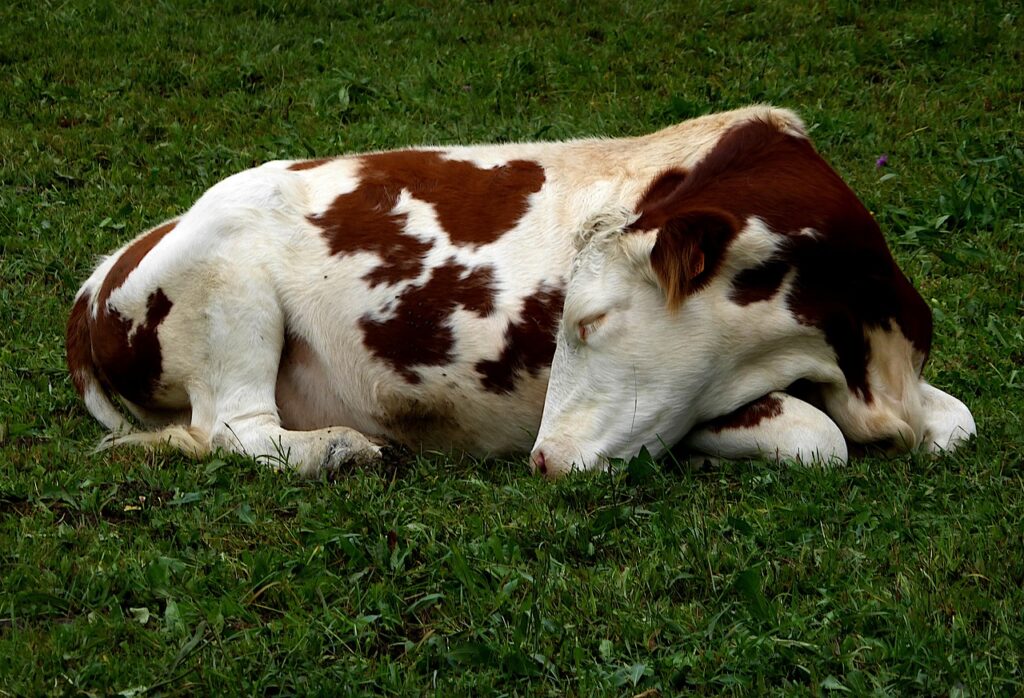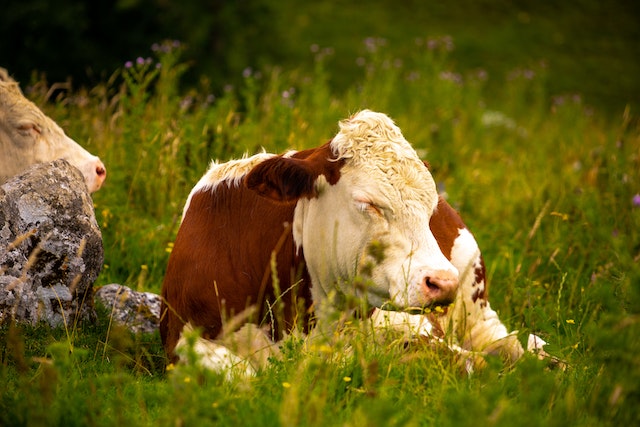Pink eye, also known as Infectious Bovine Keratoconjunctivitis (IBK), is a common ocular disease affecting cattle worldwide. It causes inflammation of the cornea and conjunctiva of the eye, leading to discomfort, reduced vision, and, in severe cases, blindness. The economic impact of pink eye in cattle can be significant. This includes reduced milk production, loss of body condition, lower weaning weights, accidents resulting from impaired vision, and decreased growth rates in beef cattle.
Understanding the causes, signs, and treatment options for pink eye is crucial for maintaining herd health and productivity.
What Is Pink Eye?
Pink eye is characterized by:
-
- Blepharospasm: Squinting or blinking due to eye pain.
- Conjunctivitis: Inflammation of the conjunctiva (the thin tissue covering the white part of the eye and the inner eyelids).
- Lacrimation: Excessive tearing.
- Corneal Opacity and Ulceration: Changes in the cornea (the clear front part of the eye).
Causes:
-
- Moraxella bovis: The primary causative agent of pink eye. Other organisms (such as Mycoplasma bovis and Neisseria spp.) may also contribute.
- Transmission: Through direct contact, flies, and contaminated environmental agents (dust, grass, pollen).
- Risk Factors: Dry, dusty conditions, bright sunlight, and irritants exacerbate the disease.
Clinical Signs of Pink Eye
One or Both Eyes Affected:
-
- Initial signs include redness, tearing, and blepharospasm.
- Later, discharge from the eye may become mucopurulent.
- Decreased appetite due to discomfort and reduced vision.
- Ruptures may occur due to increased eye pressure.
Best antibiotic for pink eye in cattle
When choosing the right antibiotic, there are a few things to keep in mind. First, know the health history of the cattle you’re treating. Second, understand how each antibiotic works. Lastly, consider individual factors like age, the seriousness of the infection, and susceptibility. By considering these factors, you can make sure to use the best antibiotic for the situation, helping to keep the cattle healthy.
- Oxytetracycline and Penicillin:
- These antibiotics are often the first line of treatment for pink eye in cattle.
- They can effectively target the Moraxella bovis organism, which is the primary cause of most pink eye infections1.
- Tetracycline and Neomycin:
- These antibiotics are also commonly used to treat pink eye.
- They provide localized action against the bacteria responsible for the infection.
- Consult with a Veterinarian:
- The choice of antibiotic may vary based on the specific situation, the infectious agent, and the overall health of the herd.
- Always consult with a veterinarian to determine the most appropriate antibiotic and treatment plan for your cattle.
Remember that early detection and prompt treatment are essential to prevent the spread of pink eye within the herd and to minimize serious consequences like blindness12.


